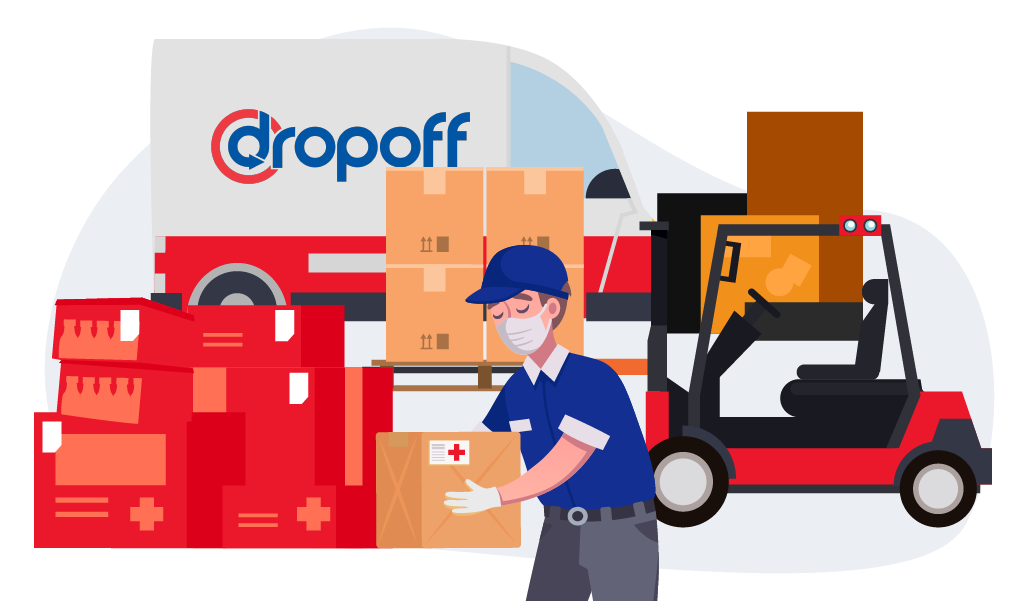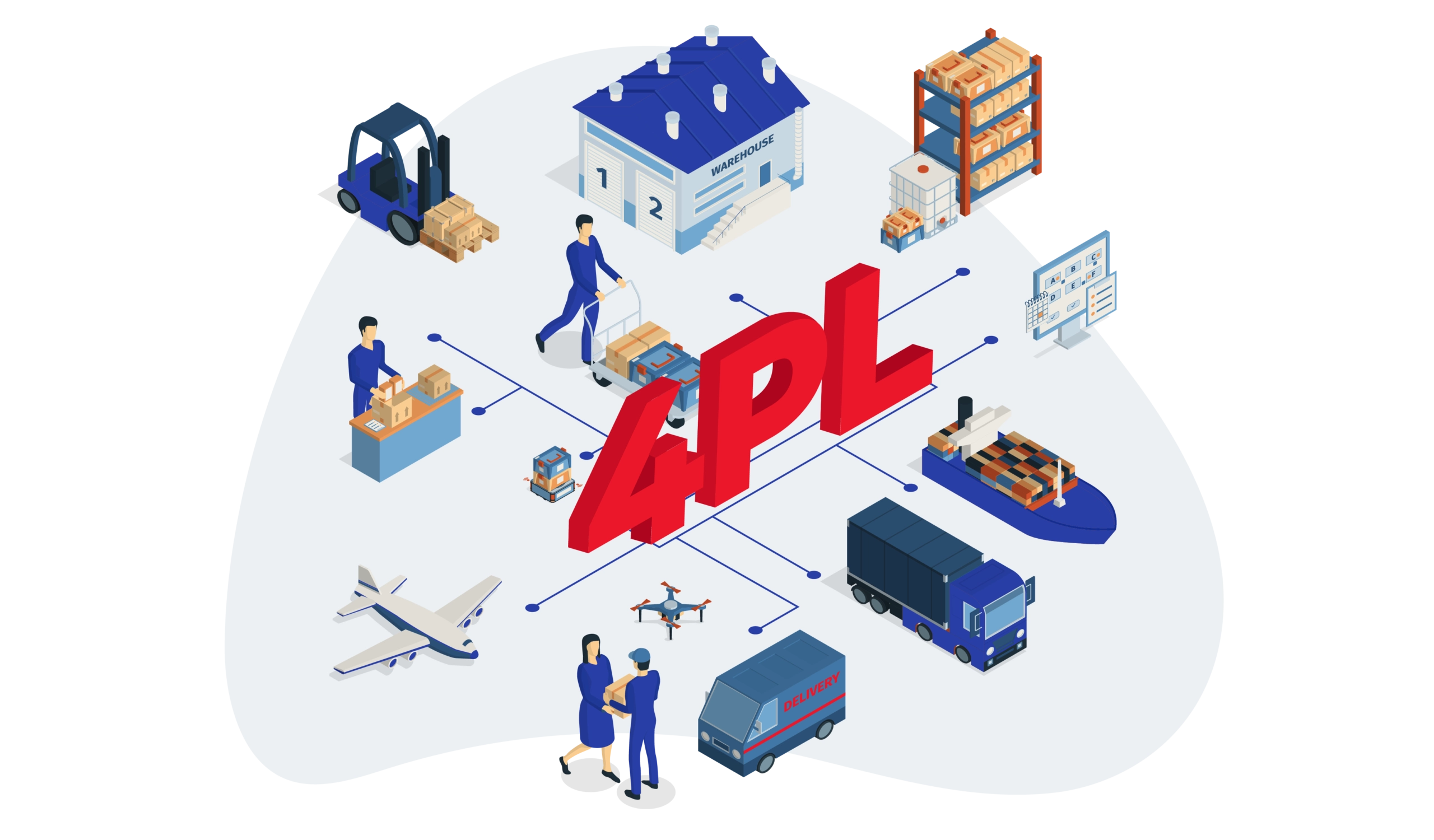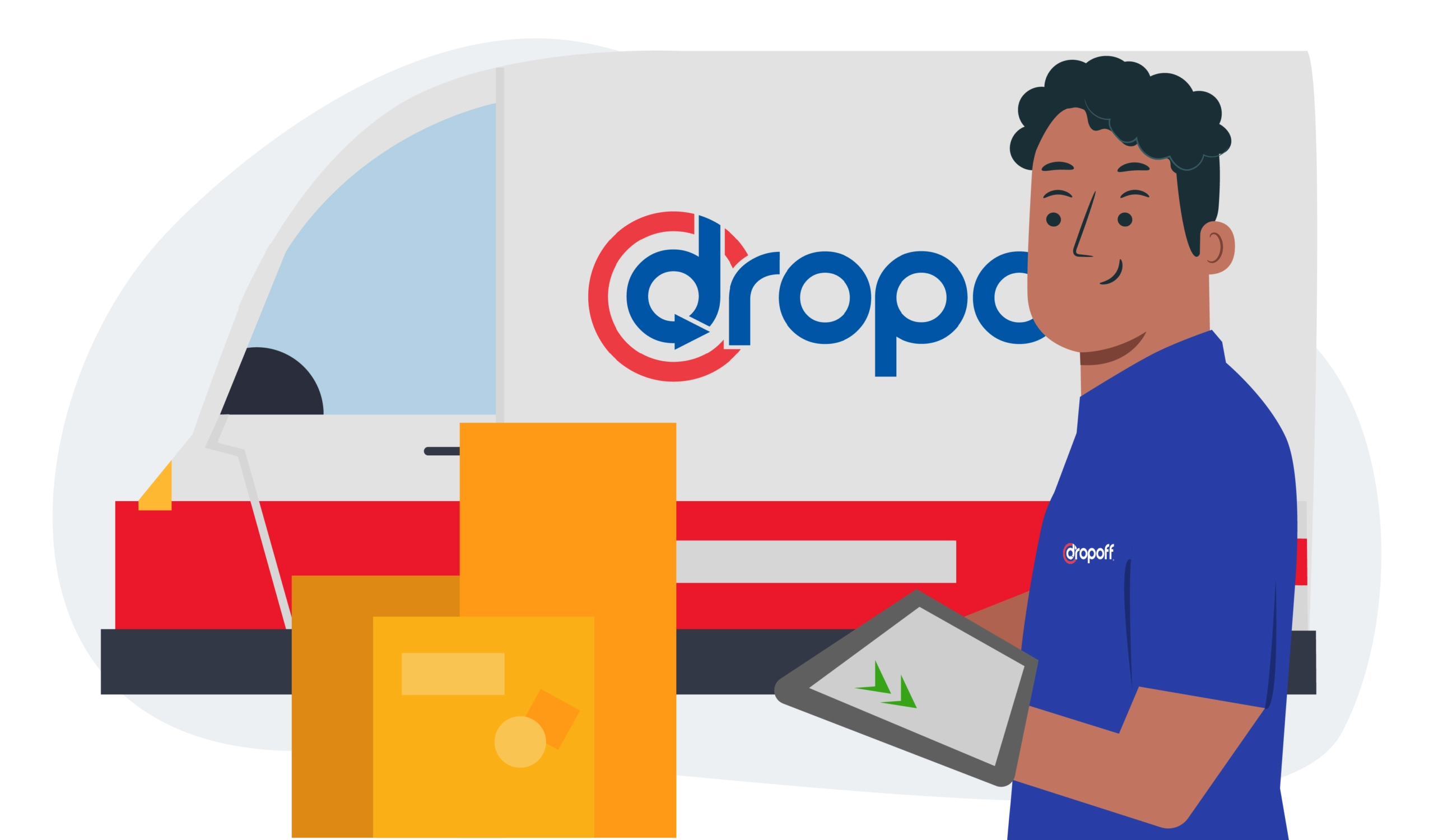10 Tips for Efficient Delivery Management

Business owners know that time and money are precious resources. Saving both by carrying out efficient delivery management strategies is the real secret to having an optimized logistics process.
In this blog post, we’ll show you ten ways to improve your delivery management system.
What Is Delivery Management?
Delivery management is efficiently getting goods from one place to another. It makes sure that the right items are sent to the right places and that everything happens quickly.
Why Is Delivery Management Important?
Over the last few years, customer demand for delivery has increased. As a result, technologies improved and the eCommerce industry became more popular. There are differences now in the service customers expect, how fast they want deliveries to be, and much more.
To improve customer retention, you need to have a good delivery management process.
Check out our guide on delivery scheduling and how to organize it!
The Advantages of Having an Efficient Delivery Management System
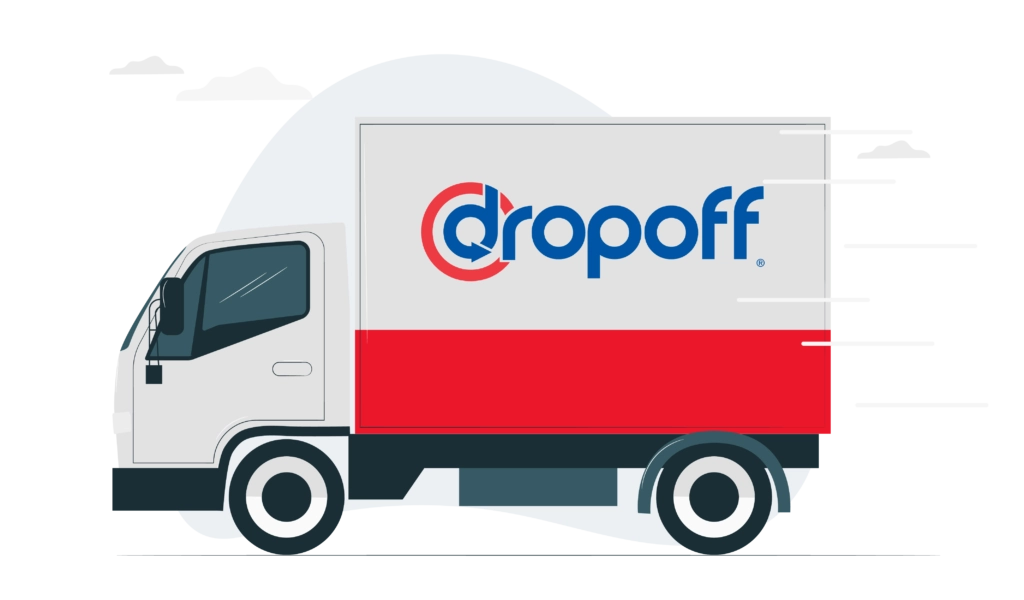
Here are five advantages of an excellent delivery management system:
- Increases delivery success
- Improves customer satisfaction
- Optimizes productivity
- Faster deliveries
- Increases fuel efficiency
Let’s break these advantages down to understand them better.
1. Increases Delivery Success
Many businesses have improved their services by using route optimization systems, fleet management, and the latest technological innovations. As a result, they are able to deliver products on time and undamaged. So it’s clear that automating repetitive tasks helps a lot!
2. Improves Customer Satisfaction
Delivery software helps keep customers updated on their orders. They’re notified throughout the delivery process, and if there are any delays, they’ll know exactly what’s causing them.
3. Optimizes Productivity
If you want to keep customers happy, your delivery service needs to be fast. This means taking advantage of auto-scheduling, multi-drop delivery route planning, intelligent order batching, and real-time route optimization. You won’t need as much manual effort, and your deliveries become more efficient.
4. Faster Deliveries
Most delivery management platforms will study order history to look for any opportunities to speed up deliveries.
5. Increases Fuel Efficiency
Planning your routes also means saving on fuel. Delivery management plans efficient routes based on the delivery priority, how close the customer is, how many drivers are available, weather and traffic conditions.
10 Tips for Efficient Delivery Management
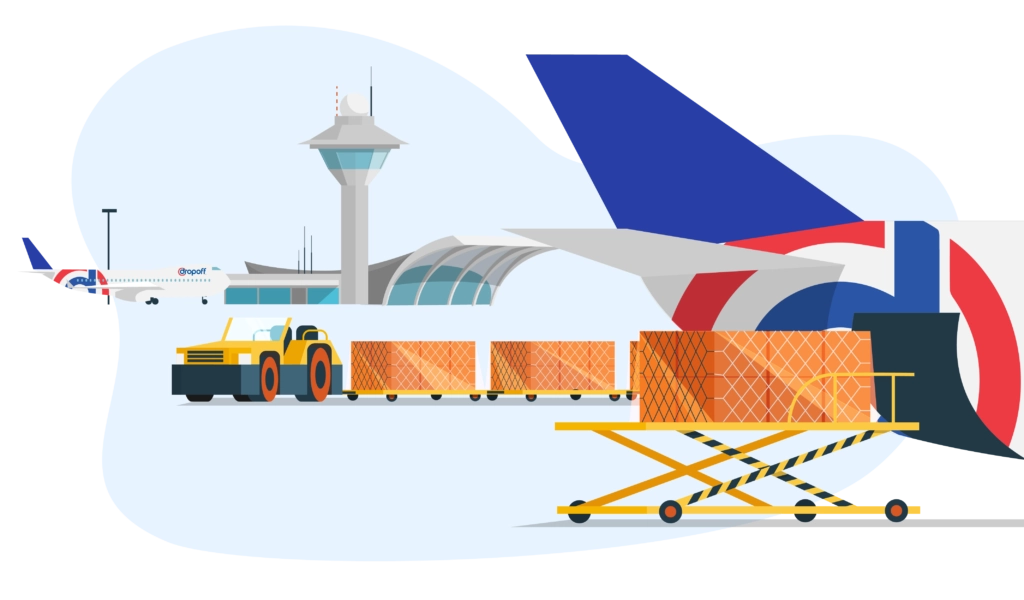
Here are ten tips to improve your delivery management process and meet customer expectations.
1. Choose the Right Delivery Management System
Choosing the right management system or app should be at the top of every business’s list. You need one that easily integrates with your other systems. It won’t be an overnight task, so take your time to find the right one for you.
Here are key features to look for:
- Real-time tracking
- In-depth data and analytics
- Route optimization
In another scenario, if you work with a 3PL, don’t forget to consider the direct integrations between their software and your delivery management system.
2. Step Up Your Inventory Management System
Many people forget that inventory management plays one of the biggest roles! You’re already delaying the delivery process if you don’t have the right items to send.
Inventory management software lets you see your inventory, what the different items are, and whether they are selling quickly or slowly. So invest in the best one!
Dropoff Tip: Use built-in inventory management technology that helps top up inventory by placing reorder notifications, bundling products for discounts, and even requesting transfers.
3. Start Automating Processes
Automated shipping technology help deliver items much faster. Tasks like packing, putting on shipping labels, and controlling stock can now be done automatically so that you can cut down on manual work. But what does having a simple shipping process mean? You get to increase production and handle a bigger volume of orders.
4. Find Easier Ways to Generate Shipping Labels
Generating shipping labels is a tedious task, we admit. But who says it has to stay that way? There are easier ways to create shipping labels quickly; automation is the answer.
5. Take Advantage of Multiple Fulfillment Centers
Customers love cheap delivery. And you can offer this by using more than one fulfillment center. Fulfilling orders from more than one warehouse speeds up delivery times. Plus, you can do it at an affordable rate via ground shipping.
Speaking of fulfilling orders, here’s everything you need to know about on-demand logistics.
6. Always Keep Your Customers Updated
Customers like to know what’s happening with their orders. They feel better knowing that their order is being handled quickly. Sending regular updates on the order status keeps them in the loop. Not only are you making them happy, but you’re also saving your customer service time with fewer inquiries.
The more info you share with customers, the better.
7. Arrange a Return Management Process
You should come up with a return management process that’s easy for everyone to understand. When customers know that an item gets returned quickly, they’re more likely to make an exchange. An easy return process will help your team sort, organize, and restock returned inventory.
8. Set Up Real-Time Tracking
Order tracking helps customers control their deliveries, making their delivery experiences better. As expected, many companies are starting to adapt this strategy to compete with big names like UPS.
9. Optimize Route Planning Features
Using the right technology will plan the most efficient routes for shipping orders. Delivery management systems come with tools that help optimize routes and data that will help with decision-making.
For instance, Dropoff’s technology speeds up shipping times by looking for the best delivery routes. It also fills orders from the most efficient location within our network.
10. Set the Right Standards with Customers
To put it simply, be transparent with your customers. It will protect your brand. It would help if you had a shipping policy on your website that is easy to find too. The policy should include the estimated shipping dates and costs for different shipping methods, like ground shipping, global shipping, and expedited shipping.
Your retail fulfillment team must also be trained to handle other items, like fragile items and sensitive shipments.
If your package arrives damaged, make sure you know how to respond. This includes filing a claim with the carrier – most carriers offer this service for free. Also, shipping insurance comes in handy in case your order is lost, stolen, or arrives damaged.
Learn the difference between shipping and delivery.
How to Measure the Efficiency of Your Delivery Management System

So how do you know your delivery management system is working? You can check its performance by looking at key performance indicators (KPIs).
Let’s take a closer look at these relevant KPIs:
1. Route Efficiency
Route efficiency is finding the best way to get from one place to another. This includes finding out how many stops there are and when drivers will have time off work during deliveries – not forgetting traffic patterns too!
2. Fleet Productivity
Fleet productivity is a huge factor in how much money you save. It helps measure service hours for your fleet while keeping costs low.
3. Service-Level Agreement and On-Time-In-Full Adherence
What is a service-level agreement? An SLA is a contract between your delivery company and you, the customer. The goal of this document is to hold them accountable for their output quality.
Basically, digital delivery administration tools help make sure that SLAs are followed. On-time-in-full (OTIF) adherence is vital to make sure customers are happy and have a good experience.
4. Recognizing Late Deliveries
Knowing how often packages are delivered late will help determine why deliveries take longer than planned. Some of the most common reasons are mechanical or hardware parts issues, like picking up and packing inventory or errors during shipment. This KPI shows what items were delayed and how late they arrived.
4. Third-Party Logistics Performance
When companies work with 3PLs, they’ll definitely see efficiency gains. The only downside is they have less control. To make sure the 3PL is doing a good job, you can track things like on-time shipping percentage, shipping accuracy, order accuracy, order time-to-fill, and cost per unit shipped.
5. Estimated Time of Arrivals (ETAs)
Route optimization tools estimate when a vehicle will reach its destination – also known as ETAs. The calculation factors in a lot of things, like vehicle characteristics, road network, traffic conditions, accidents, and more.
Top 5 Delivery Management Software
Here are our top picks for delivery management solutions:
- TransVirtual – TransVirtual provides a website that helps transport, delivery, and freight brokers connect.
- Track-Pod – Track-POD’s AI-powered route planning and fleet optimization help manage deliveries better.
- Yojee – Yojee helps you see and control your delivery operations.
- Radaro – Radaro helps optimize last-mile delivery.
- Detrack – Detrack lets you track your vehicle’s location on a map.
How Dropoff Can Streamline Your Delivery Management System

At Dropoff, we understand the unique challenges that come with managing deliveries. That’s why we’ve developed a system to provide tech-enabled services consisting of couriers, delivery scheduling, and real-time tracking software. We handle the delivery in your management process so that you can focus on other parts of your business.
Our system lets you easily track your deliveries and ensure they are always on time. In addition, our drivers are carefully screened and background checked.
Talk with a Dropoff expert today.
FAQs on Delivery Management
1. What is delivery management?
Delivery management is efficiently getting goods from one place to another. It makes sure that the right items are sent to the right places and that everything happens quickly.
2. Why is delivery management important?
Over the years, customer demand has changed as technologies improved and the eCommerce industry became more popular. There are differences in what customers expect, how fast they want deliveries to be, and so much more.
To improve customer retention, the simple answer is to have a good delivery management process.
3. How to improve your delivery management system?
Make sure you plan for deliveries and work on getting them out as soon as possible. Set a realistic timeline for your customers and stick to it. Do not promise them an unrealistic delivery time because it’ll make you lose customers.

